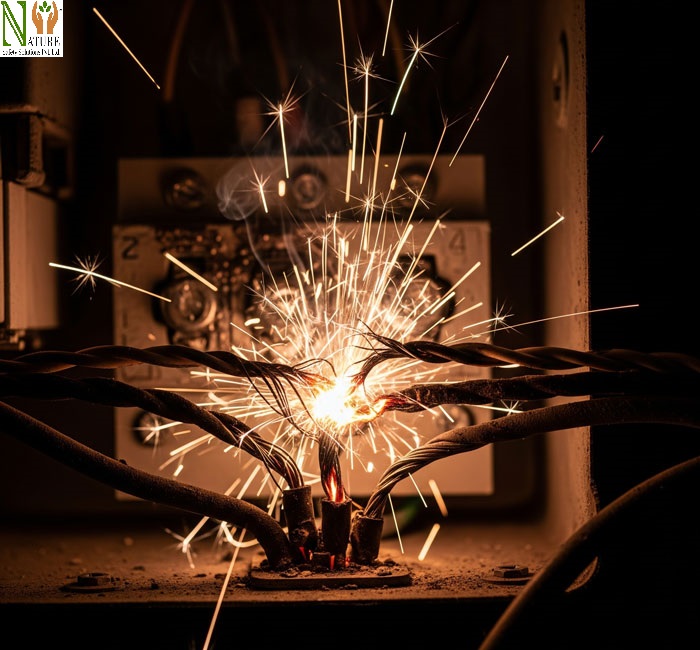Short circuits may seem like minor electrical faults, but they carry serious hidden dangers. In industrial, commercial, and even household settings, a short circuit can result in sparks, fire, equipment failure, or electric shock.
What looks like a quick flash or tripped breaker could be the warning sign of something much bigger. Understanding what short circuits are, how they happen, and why they must never be ignored is essential for creating a safe working environment.

What Is a Short Circuit?
A short circuit happens when electricity flows through an unintended, low-resistance path. This causes a sudden surge of current that produces heat, sparks, or smoke.
It usually occurs due to damaged wires, exposed conductors, faulty insulation, or contact between live and neutral wires. The current avoids the intended load (like a machine or appliance) and instead rushes through an unsafe route, which can lead to immediate or delayed danger.
Why Short Circuits Are Dangerous
The greatest risk from a short circuit is fire. The sudden heat generated can ignite nearby materials like dust, plastic, or paper. Short circuits can also damage machines, fry circuits, or destroy components.
More critically, if a person is in contact with equipment during a short circuit, it may cause electrical burns or fatal shocks. Even when no one is hurt, the event is a serious warning that something in the system needs attention.
Common Causes of Short Circuits
Short circuits often occur due to worn or damaged wiring, moisture near electrical outlets, loose connections, overloaded circuits, or improperly maintained equipment.
They can also be caused by tools or metal objects accidentally coming into contact with live parts. Aging infrastructure and lack of regular inspections increase the risk of such failures.
Recognizing Warning Signs
Before a short circuit becomes a major incident, it often gives small clues. These include visible sparks, flickering lights, a burning smell, tripped breakers, or equipment shutting down unexpectedly. These signs should never be ignored, even if everything appears to go back to normal afterward.
How to Prevent Short Circuits
The best way to prevent short circuits is through regular electrical inspections and proper equipment care. Keep electrical areas dry and clean. Avoid overloading outlets or using damaged cords.
All repairs and installations should be handled by trained professionals. Workers should also be encouraged to report any unusual electrical behavior immediately. Lockout/Tagout procedures should always be followed when working on electrical systems.
Also Read:
